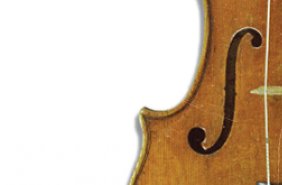Reference Library Articles
All Articles

Gennaro Gagliano
Gennaro Gagliano seems to be an unjustly overlooked member of a particularly large violin making family.
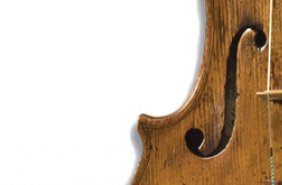
George Panormo
George Panormo worked all his life in London and was born in 1776, but quite where remains a mystery.
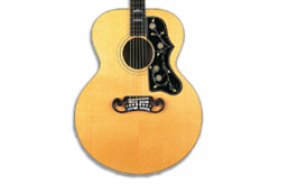
Gibson - Part 10: Gibson Acoustics, World War Two - Present
During World War II, Gibson manufactured no electric guitars, and its production of acoustics was severely restricted
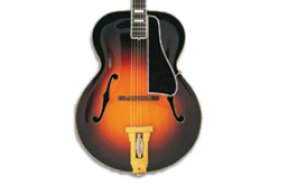
Gibson - Part 1: Early Years; Gibson's First Acoustics
Orville H. Gibson (1856-1918) was born of an American mother and an English father near Chateaugay, close to the Canadian border in northern New York state

Gibson - Part 2: 1930s Archtops; Gibson's early flat tops
Gibson continued to refine and develop its archtop acoustics throughout the 1930s.
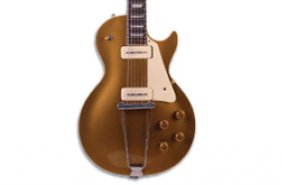
Gibson - Part 3: Gibson's Early Electrics; The Evolving 'Les Paul'
Gibson launched its first full-production electric guitar, the EH-150, in January 1936.
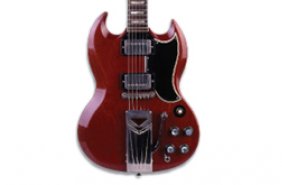
Gibson - Part 4: From Les Paul to SG
In the late 1950s, Gibson decided to make fundamental alterations to its Les Paul guitars.
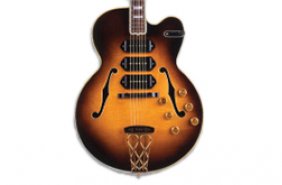
Gibson - Part 5: Gibson's Classic Hollow-body Electrics
Traditional-style electric archtops had deep bodies: Gibson's Super 400 CES and L-5 CES both measured a generous 3 3/8 inches (8.6cm) from top to back
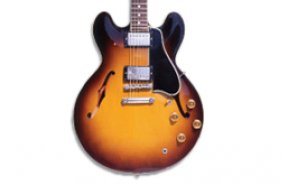
Gibson - Part 6: Gibson 'Thinlines' and Semi-solids
Traditional-style electric archtops had deep bodies: Gibson's Super 400 CES and L-5 CES both measured a generous 3 3/8 inches (8.6cm) from top to back
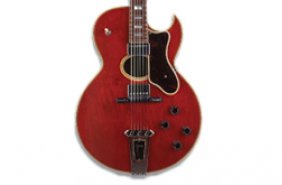
Gibson - Part 7: Gibson 'Artist' Hollowbodies and Semi-solids
The approach to Billy Byrd and Hank Garland that led to the creation of Gibson's 'Byrdland' archtop was not an isolated occurrence.

Gibson - Part 8: Gibson's 'Modernistic' Solid Electrics; The Firebirds
In the 1950s, Fender had shaken up the guitar-making establishment with its bold solid-body designs.
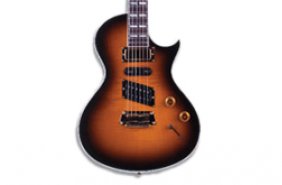
Gibson - Part 9: Gibson Electrics: 1970s Onwards
The Firebirds were the last major Gibson electrics introduced by Ted McCarty, who left the company in 1966 after 16 years as its President
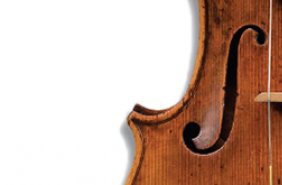
Giorgio Serafin
Serafin is one of the great names of Venetian violin making, but in some ways the lesser-known Giorgio represents the spirit of the tradition better than his uncle Santo

Giovanni Battista and Giacomo Zanoli
It often seems as if every parish in Italy was home to a family of gifted violin makers at some time or other

Giovanni Francesco Celoniatus
Celoniatus is one of the charming and distinctive makers of the early Turin school. His work is consistent in finish and style, and is limited only by the relative lack of tonal power that his elegant Amati-like arching can provide.
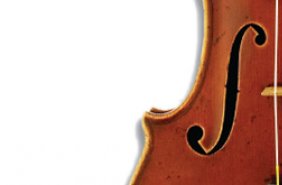
Giovanni Francesco Pressenda
The beginning of the nineteenth century saw a dramatic renaissance in the art of violin making.
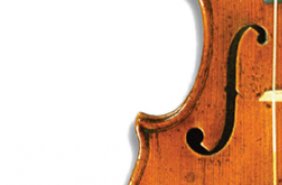
Giuseppe Guadagnini
Giovanni Battista Guadagnini was not only a truly great violin maker in his own right, but also the head of a small dynasty of luthiers.
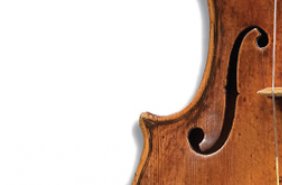
Gofredo Cappa
Gofredo Cappa was a most interesting seventeenth century maker of the Turin school, although born (in 1644) and working in nearby Saluzzo until his death in 1717.
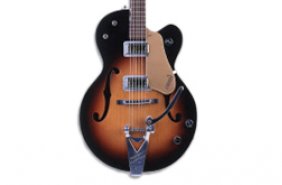
Gretsch History
Friedrich Gretsch (1856-1895) was a German émigré to the USA who set up a New York-based company making banjos and percussion instruments in 1883

Henry Lockey Hill
The Hill family is the longest and most respected of English violin making dynasties, and the generation of the late nineteenth and early twentieth century became the world's leading authority, supervising one of the greatest workshops in Europe
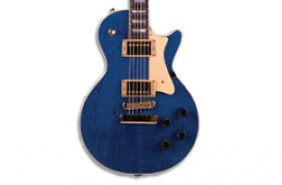
Heritage History
Gibson's departure from Kalamazoo, Michigan, in 1984 did not end the long history of guitar making there.

Hieronymus The Second Amati
According to most accounts, the end of the great Amati tradition in Cremona was a rather abject one.
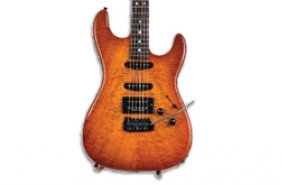
Hugh Manson History
The peaceful rural environment of southwestern England has attracted a number of leading British luthiers.
